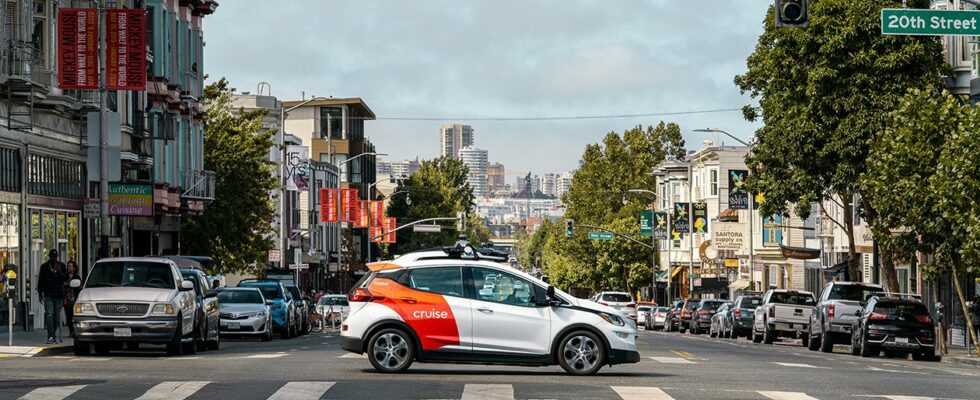Autonomous cars should make traffic safer and relieve the streets. At least the latter does not work in every case.
New mobility concepts with self-driving cars do not necessarily reduce traffic on the roads. In a simulation by the University of Gothenburg, the increased use of robotic vehicles in several of the scenarios examined even led to an increase in traffic Group have found out. The volume of traffic would be around 15 percent higher than today if 33 percent of private car journeys were shifted to mobile sharing. This is partly because there are fewer vehicles on the road, but they drive more. The situation is different with ridesharing. In contrast to car sharing, where several households share a vehicle for individual use, with ridesharing only the journey is shared. The cars pick up several passengers with similar destinations and deliver them on optimized routes – like a kind of shared taxi. If a third of the current private car fleet were replaced by this model, the volume of traffic could drop by around 6 percent. As a replacement for public transport, they ensure more traffic. The values only apply if you only look at the shift from private cars. If, in addition, public transport passengers also switch to autonomous services, the volume of traffic will increase in both the car sharing and ride sharing scenarios. Overall, however, the study sees great potential through new autonomous forms of mobility. Shifting today’s auto travel to autonomous ridesharing and carsharing could reduce the number of vehicles on the road by as much as four-fifths, likely leading to a reduced need for parking spaces and new vehicles. (SPX)
source site-13
